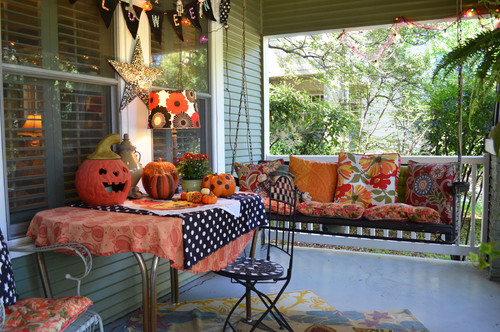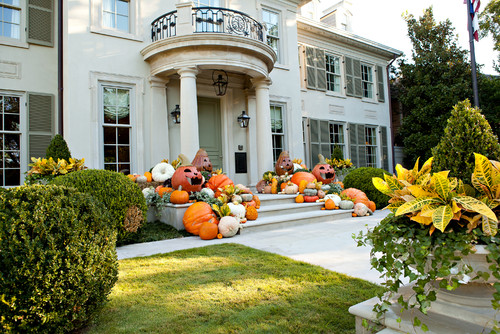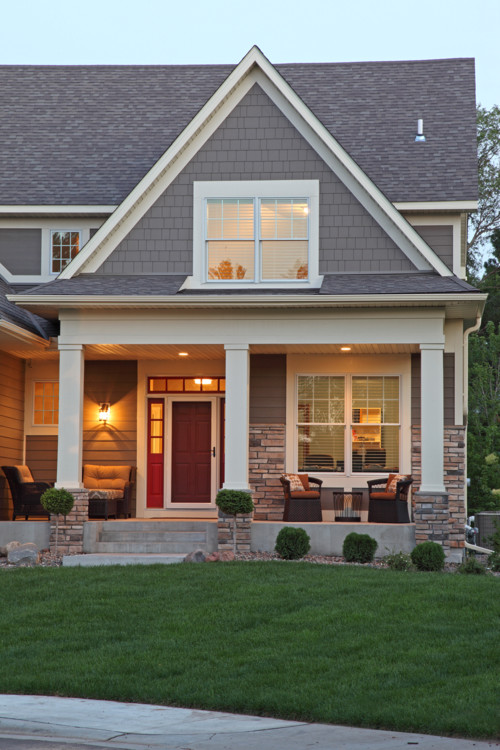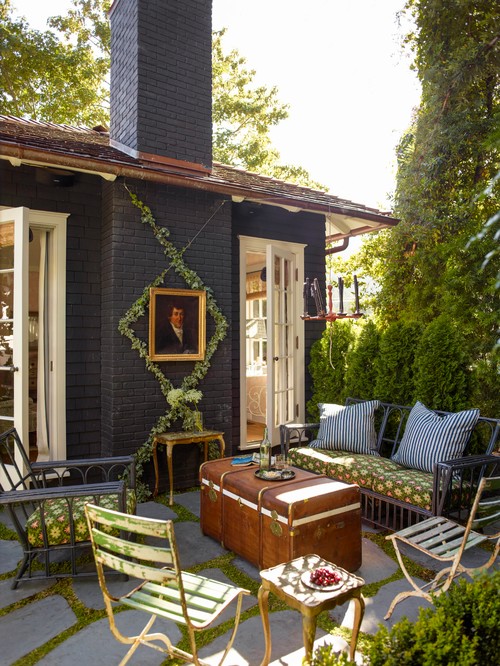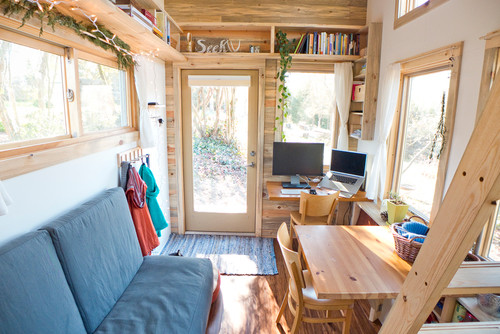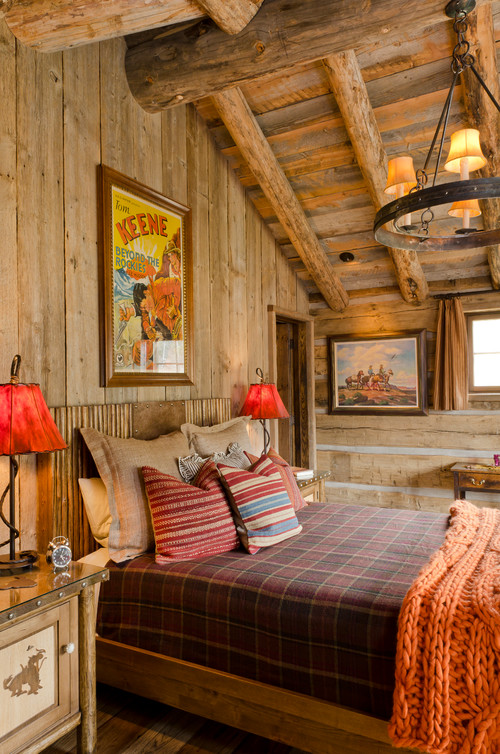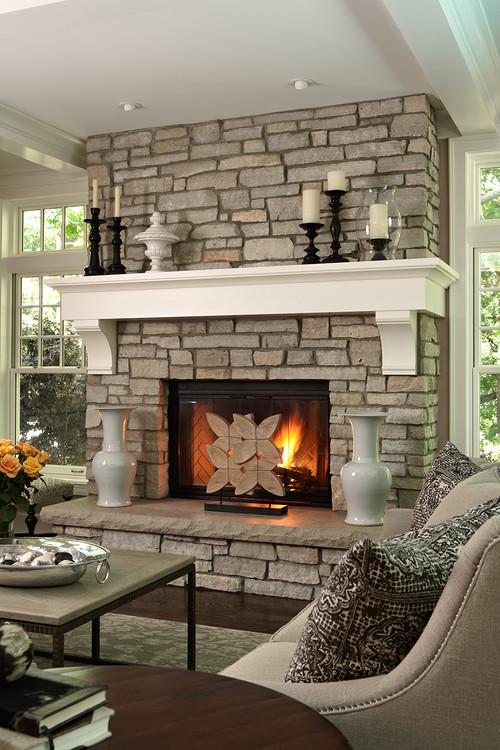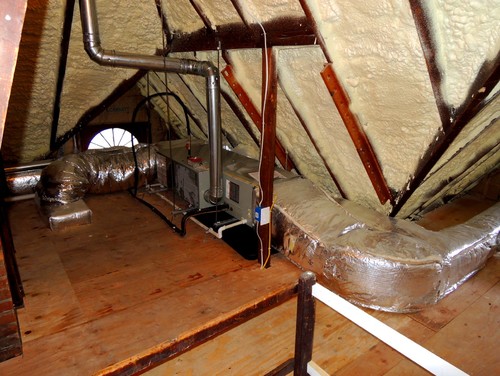Before you embark in a home-buying journey, it’s best you know the home-building lingo before purchasing a home. When you first start looking into home construction for your modular or manufactured homes, there will be tons of new terms that you’ll need to know to make sure you’re making responsible decisions to avoid costly mistakes. Here are some common constructions terms you should know before purchasing a home:
IRC – Also called the International Residential Code, which have been adopted by most states. The IRC is updated every three years. However, a state may adopt one version of the IRC and can choose to wait several years to adopt the next version.
Traditional, or Site-Built Homes – These are homes that are built on the onsite construction. Onsite construction is how homes are traditionally built. Each part and fixed, constructed, and delivered upon the home-site. Ba
Factory-built, or Offsite Homes – Homes constructed within a factory are built in a controlled environment, transported to the site the home-buyer desires, and installed. Manufactured homes are built under a federal building code administered by the U.S. Department of Housing and Urban Development (HUD). The HUD Code also sets performance standards for heating, plumbing, air conditioning, electrical systems and so on. Modular homes are factory-built homes built in modules to local or state codes, which is determined by where the home will be located.
Dormer – A dormer is added on top of roofs. It comes in various styles to reflect the roof style. They provide a way for the light to get under the roofed area, as well as create more space under the roof area.
Sub Floor – Boards that are nailed to the joists over where the finished floor will lay.
Rafters – A-shaped figures that support the roof. They are more time consuming and expensive to make than trusses.
Trusses – Triangular shaped structures used as an alternative for rafters. Trusses tend to be stronger than dimensional lumber and are used mainly on the floor and roof.
Grading – Before starting to build on your lot, there must be initial preparation to the ground surfaced around the home, including the driveway. The final grading takes place after the installation on site.



